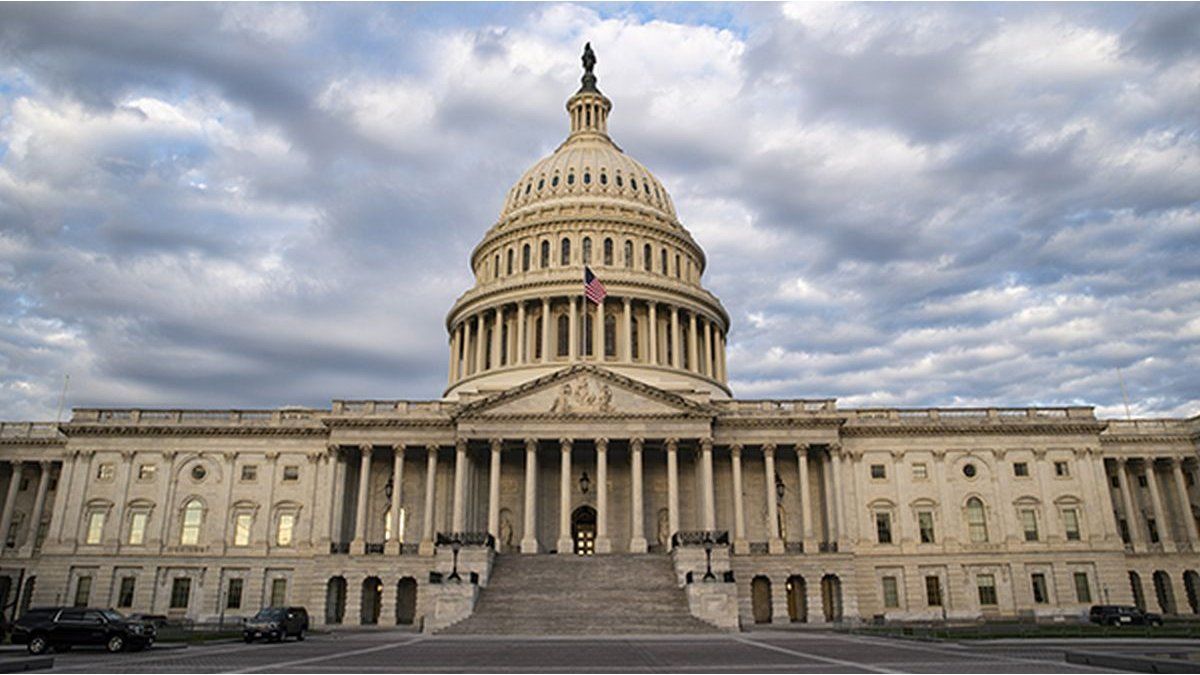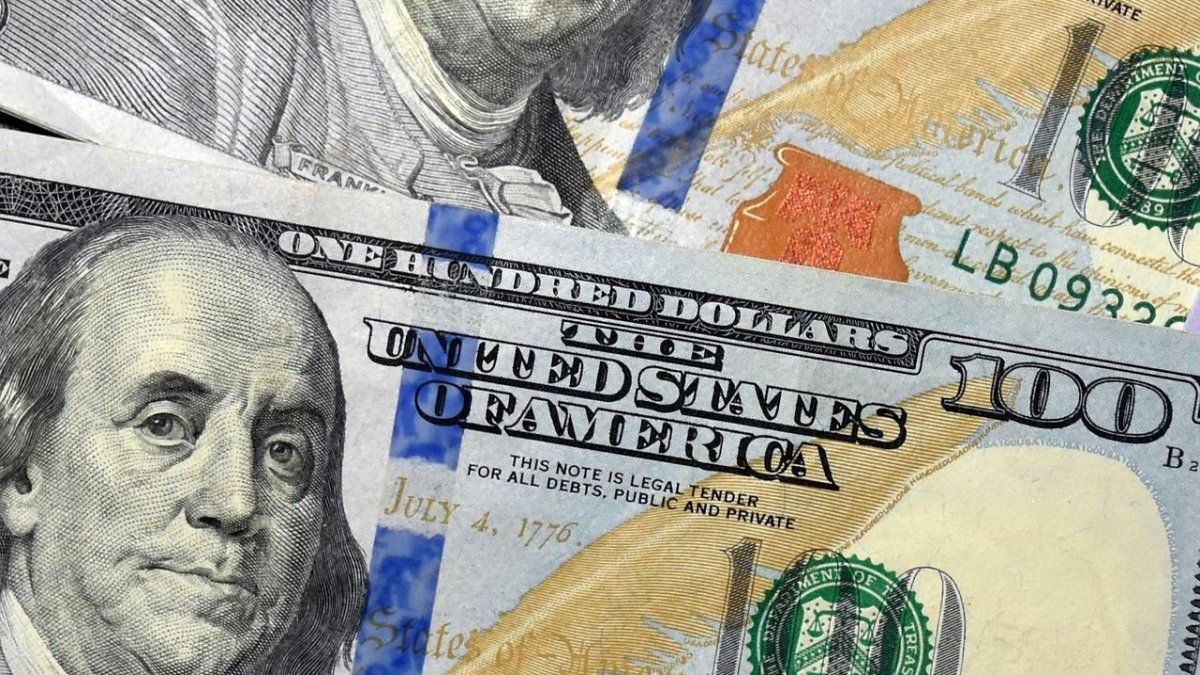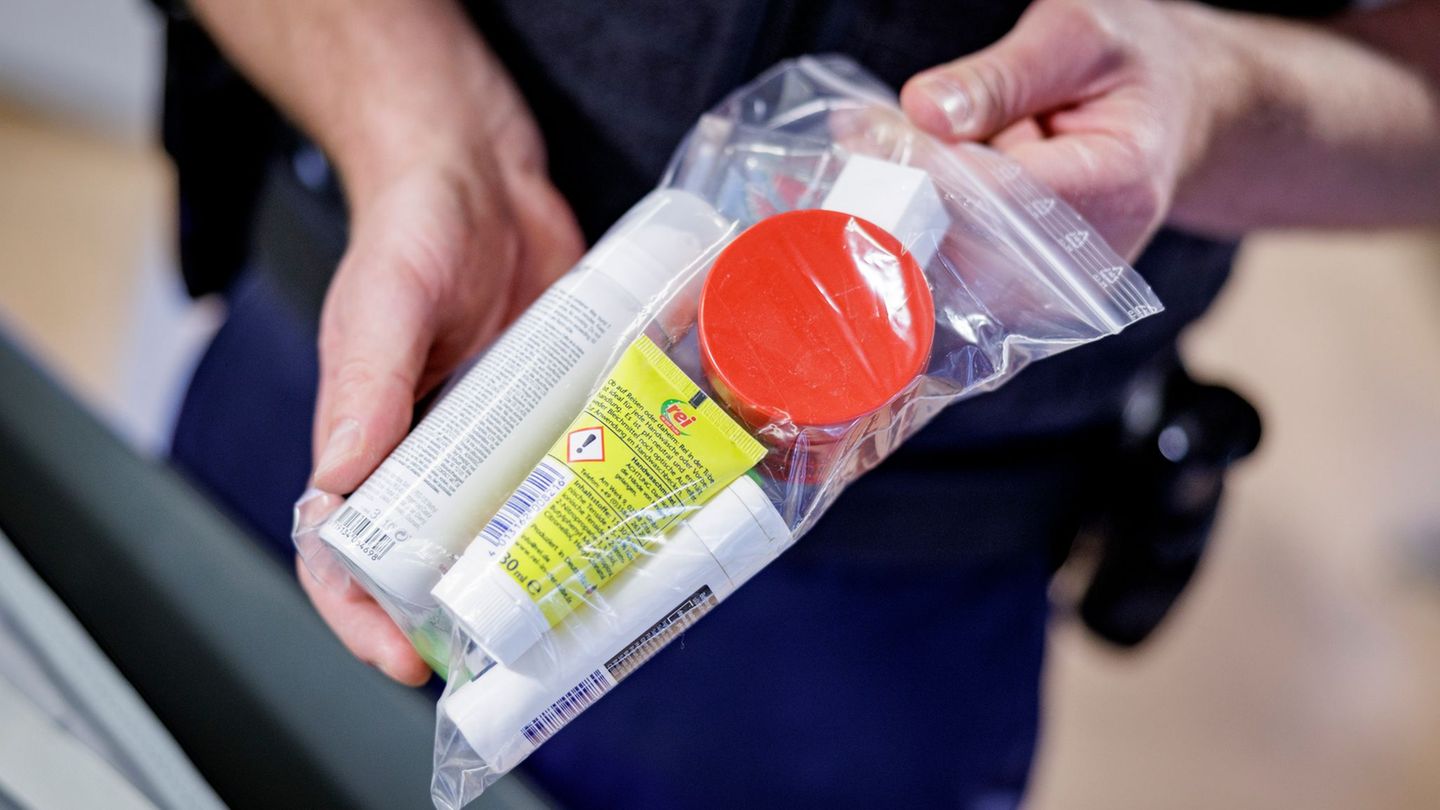Menu
Controls at the airport: Flying with more liquid: EU allows new luggage rules
Categories
Most Read
The great discount in cinemas to enjoy a good movie this long weekend in October 2025
October 10, 2025
No Comments
The last thing that suits us is that a competitor rescues us
October 10, 2025
No Comments
The US is telling us to play for us with the financial rescue
October 10, 2025
No Comments
We do not want another failed or Chinese-led state in Latin America
October 10, 2025
No Comments
How much should I invest in October 2025 to earn $100,000 in 30 days
October 10, 2025
No Comments
Latest Posts

The US opposition presented a project to stop aid to the government of Javier Milei
October 10, 2025
No Comments
October 10, 2025 – 17:01 Democratic Senator Elizabeth Warren presented a bill to block the US$20 billion swap announced by the US Treasury to the

Until the end of the year, dollar-linked bonds mature for the equivalent of $8.5 billion: how does the US Treasury aid play?
October 10, 2025
No Comments
Until not long ago, The Government made a decision that could be risky: offer instruments tied to the dollar, in an attempt to contain post-election

Separation of the “Sommerhaus” couple: Sarah Joelle Jahnel received videos of affairs
October 10, 2025
No Comments
Lisa HarrisI am an author and journalist who has worked in the entertainment industry for over a decade. I currently work as a news editor
24 Hours Worlds is a comprehensive source of instant world current affairs, offering up-to-the-minute coverage of breaking news and events from around the globe. With a team of experienced journalists and experts on hand 24/7.

